Plant Growth Regulators
Plant growth regulators refer to artificially synthetic agents used for promoting or inhibiting the germination, root, differentiation, blossom, fructification, defoliation and other plant physiology processes. High green plants have metabolites playing either promoting or inhibiting effects on plant physiological processes in vivo. They are indispensable materials in the life cycle of the plant. This kind of organic compound synthesized from the plant itself is called auxin. To improve the yield and quality of crops, people have artificially synthesized a series of chemicals with similar auxin activity to control the growth of plants and other life activities, known as plant growth regulators.
There are various kinds of plant growth regulating agents with its mode of action being different from each other, and people hasn’t totally understood the mode of action of these compounds and therefore, only classify them according to their main physiological effects. It can be roughly divided into growth promoters, growth retardants, growth inhibitors and hormone herbicides.
1. growth promoters. Growth regulators have functions of promoting cell division, elongation and differentiation. The plant growth means the irreversible increase of the volume and weight of the plant due to the increase of protoplasm as well as differentiation and the formation of new organs. The differentiation and formation of new organ is the results of cell division, elongation and differentiation. Natural plant hormone auxin, cytokinin and gibberellin and artificially synthetic indole butyric acid, 2-naphthalene acetic acid, kinetin and 6-benzyladenine all have growth-promoting effect.
2. Growth retardant agent; it refers to the kind of plant growth regulator which can cause slow-down of the cell division, elongation and growth rate for cells in the meristem (sub-apical meristem) at the lower area of the top of the plant. These substances can cause the physiological dwarfing of the plant without damaging the apical meristem as well as without affecting the development process of the plant. Most of the effects of the growth retardant agents is on the inhibition of the biosynthesis of gibberellin, such as chlormequat, daminozide, amoxicillin -1618, paclobutrazol, etc; some of them are capable of promoting the activity of peroxidase and indole acetic acid oxidase, these enzymes can break down auxin in plants, resulting in blockage of the plant growth such as adjusting the phosphine.
3. growth inhibitors. They are capable of inhibiting the cell division and elongation of cells in apical meristem, breaking the apical dominance, thereby increasing the number of lateral branches, and causing smaller leaves area. Compounds belonging to this include maleic hydrazide, triiodobenzoic acid, morphactin and other factors. Some kind of growth inhibitors may also have some characteristics of retardant agents such as abscisic acid and dikeglulic acid.
4. Hormone herbicides; some kind of plant growth regulator, at low concentrations can be used to regulate the growth and development of plants. They can be used as herbicides at high concentration to kill some plants. This is because such growth regulator is not easily metabolized in plants, when they enter into plants in a large amount, often disrupting the normal function of endogenous plant hormones, thereby interfering with the normal growth and development, eventually leading to death of plants. Compound belonging to hormone herbicides include 2, 4-D, 2, 4, 5-T, maleic hydrazide, 2, 4-D acid, 2, 4, 5-T and propionic acid.
Plant growth and development, such as cell division, elongation, differentiation and organ formation and flowering, aging and defoliation, etc., are subject to the regulation of plant growth regulators. Therefore, such material has been widely used in research and production of ornamental plants. They have excellent efficacy in various fields including artificial breaking of corm and seed dormancy, promoting germination, flowering control, dwarfing cultivation, rooting cuttings, grafting healing, as well as extending the life of cut flowers in tissue culture and distant hybridization.
- Structure:
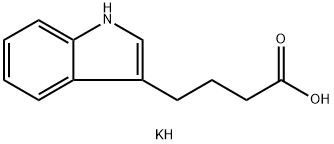
- Chemical Name:INDOLE-3-BUTYRIC ACID POTASSIUM SALT
- CAS:60096-23-3
- MF:C12H14KNO2
- Structure:
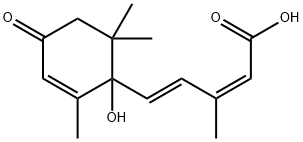
- Chemical Name:Abscisic acid
- CAS:14375-45-2
- MF:C15H20O4
- Structure:
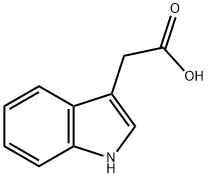
- Chemical Name:Indole-3-acetic acid
- CAS:87-51-4
- MF:C10H9NO2
- Structure:
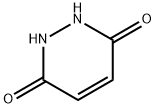
- Chemical Name:Maleic hydrazide
- CAS:123-33-1
- MF:C4H4N2O2
- Structure:
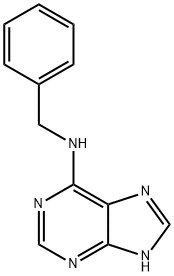
- Chemical Name:6-Benzylaminopurine
- CAS:1214-39-7
- MF:C12H11N5
- Structure:
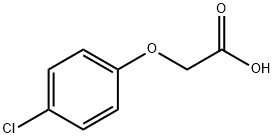
- Chemical Name:4-Chlorophenoxyacetic acid
- CAS:122-88-3
- MF:C8H7ClO3
- Structure:
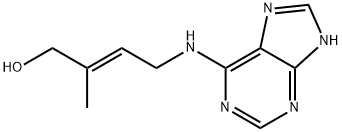
- Chemical Name:trans-Zeatin
- CAS:1637-39-4
- MF:C10H13N5O
- Structure:

- Chemical Name:Trifluoromethanesulfonic anhydride
- CAS:358-23-6
- MF:C2F6O5S2
- Structure:
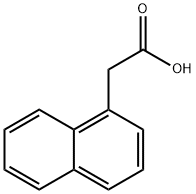
- Chemical Name:1-Naphthaleneacetic acid
- CAS:86-87-3
- MF:C12H10O2
- Structure:

- Chemical Name:Forchlorfenuron
- CAS:68157-60-8
- MF:C12H10ClN3O
- Structure:
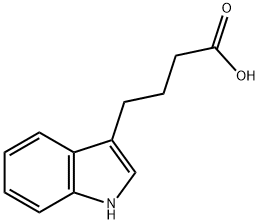
- Chemical Name:Indole-3-butyric acid
- CAS:133-32-4
- MF:C12H13NO2
- Structure:
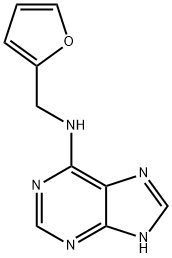
- Chemical Name:Kinetin
- CAS:525-79-1
- MF:C10H9N5O
- Structure:

- Chemical Name:2-Naphthylacetic acid
- CAS:581-96-4
- MF:C12H10O2
- Structure:
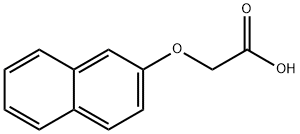
- Chemical Name:2-Naphthoxyacetic acid
- CAS:120-23-0
- MF:C12H10O3
- Structure:

- Chemical Name:1-Triacontanol
- CAS:593-50-0
- MF:C30H62O
- Structure:
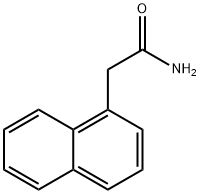
- Chemical Name:1-NAPHTHALENEACETAMIDE
- CAS:86-86-2
- MF:C12H11NO
- Structure:
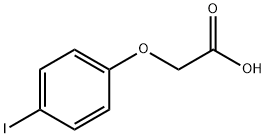
- Chemical Name:4-Iodophenoxyacetic acid
- CAS:1878-94-0
- MF:C8H7IO3
- Structure:

- Chemical Name:Lithium trifluoromethanesulfonate
- CAS:33454-82-9
- MF:CF3LiO3S
- Structure:
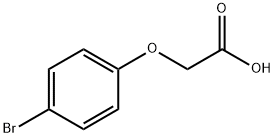
- Chemical Name:p-Bromophenoxyacetic acid
- CAS:1878-91-7
- MF:C8H7BrO3
- Structure:
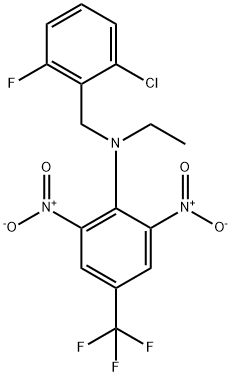
- Chemical Name:Flumetralin
- CAS:62924-70-3
- MF:C16H12ClF4N3O4
- Structure:
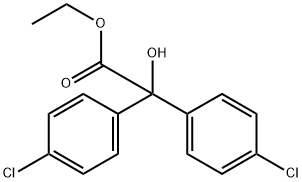
- Chemical Name:CHLOROBENZILATE
- CAS:510-15-6
- MF:C16H14Cl2O3
- Structure:
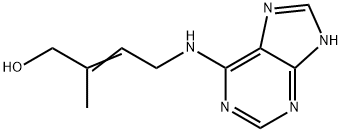
- Chemical Name:ZEATIN MIXED ISOMERS-PLANT CELL CULTURE&
- CAS:13114-27-7
- MF:C10H13N5O
- Chemical Name:MONOCARBINOL TERMINATED POLYDIMETHYLSILOXANE
- CAS:207308-30-3
- MF:
- Structure:
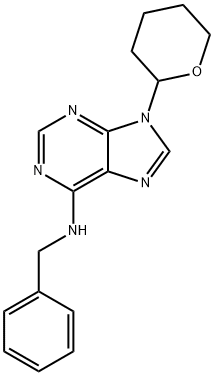
- Chemical Name:N-Benzyl-9-(tetrahydro-2H-pyran-2-yl)adenine
- CAS:2312-73-4
- MF:C17H19N5O
- Structure:

- Chemical Name:1-HEPTADECANOL
- CAS:1454-85-9
- MF:C17H36O
- Structure:
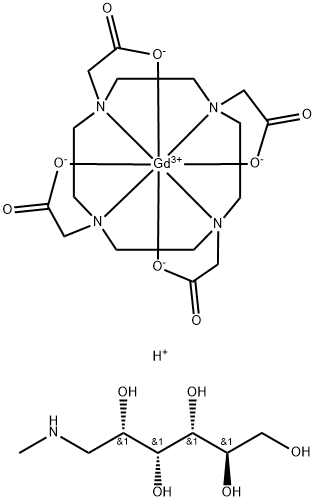
- Chemical Name:gadolinium DOTA meglumine
- CAS:92943-93-6
- MF:C23H42GdN5O13
- Structure:
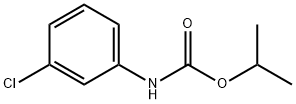
- Chemical Name:Chlorpropham
- CAS:101-21-3
- MF:C10H12ClNO2
- Structure:
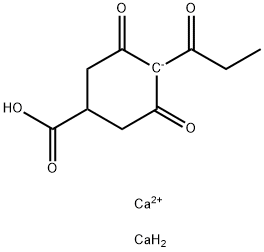
- Chemical Name:Prohexadione calcium
- CAS:127277-53-6
- MF:C10H13Ca2O5+
- Structure:
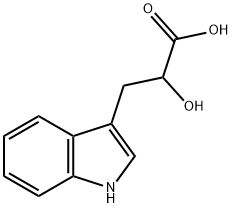
- Chemical Name:DL-INDOLE-3-LACTIC ACID
- CAS:1821-52-9
- MF:C11H11NO3
- Structure:
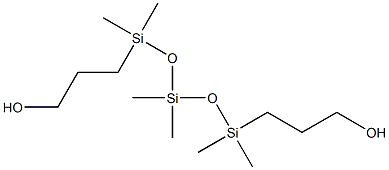
- Chemical Name:CARBINOL (HYDROXYL) TERMINATED POLYDIMETHYLSILOXANE
- CAS:104780-66-7
- MF:C12H32O4Si3
- Structure:
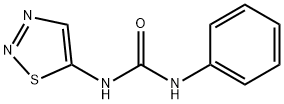
- Chemical Name:Thidiazuron
- CAS:51707-55-2
- MF:C9H8N4OS
- Structure:

- Chemical Name:Triapenthenol
- CAS:76608-88-3
- MF:C15H25N3O
- Structure:

- Chemical Name:BUTYRIC ACID HYDRAZIDE
- CAS:3538-65-6
- MF:C4H10N2O
- Structure:
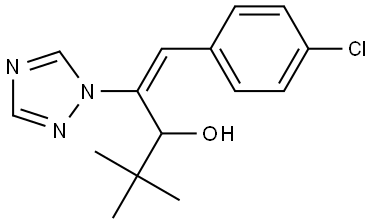
- Chemical Name:Uniconazole
- CAS:83657-22-1
- MF:C15H18ClN3O
- Structure:
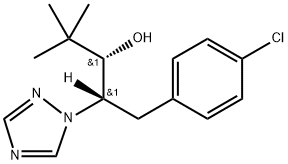
- Chemical Name:Paclobutrazol
- CAS:76738-62-0
- MF:C15H20ClN3O
- Structure:
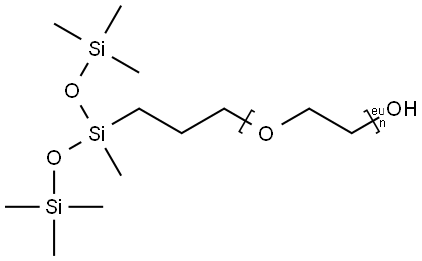
- Chemical Name:Carbinol (Hydroxyl) Terminated Polydimethylsiloxane
- CAS:67674-67-3
- MF:(C2H4O)nC10H28O3Si3
- Structure:

- Chemical Name:Ethephon
- CAS:16672-87-0
- MF:C2H6ClO3P
- Structure:
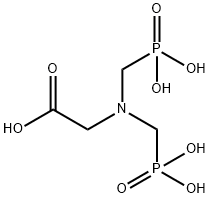
- Chemical Name:Glyphosine
- CAS:2439-99-8
- MF:C4H11NO8P2
- Structure:
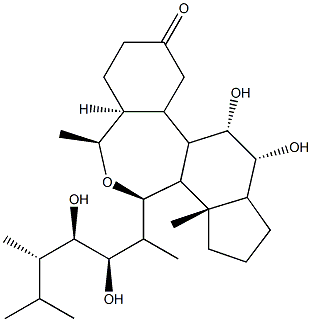
- Chemical Name:Brassinolide
- CAS:72962-43-7
- MF:C28H48O6
- Structure:
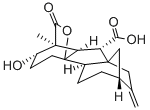
- Chemical Name:Gibberellin A4
- CAS:468-44-0
- MF:C19H24O5
- Structure:
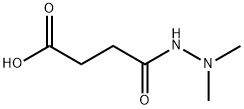
- Chemical Name:Daminozide
- CAS:1596-84-5
- MF:C6H12N2O3
- Structure:

- Chemical Name:MAF
- CAS:101365-54-2
- MF:C22H29ClN2O2
- Structure:

- Chemical Name:Sodium α-naphthyl acetate
- CAS:1321-69-3
- MF:C10H7NaO3S
- Structure:
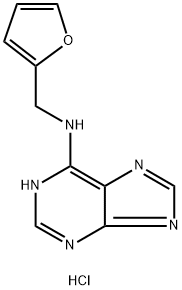
- Chemical Name:KINETIN HYDROCHLORIDE
- CAS:177966-68-6
- MF:C10H10ClN5O
- Chemical Name:PYRIPROPANOL
- CAS:
- MF:C8H11NO
- Structure:
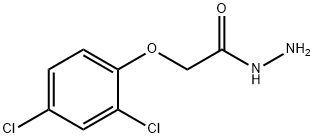
- Chemical Name:2,4-DICHLOROPHENOXYACETIC ACID HYDRAZIDE
- CAS:28236-62-6
- MF:C8H8Cl2N2O2
- Structure:

- Chemical Name:Mepiquat chloride
- CAS:24307-26-4
- MF:C7H16ClN
- Structure:

- Chemical Name:Guayule
- CAS:65202-07-5
- MF:C12H17Cl2NO
- Chemical Name:Rooting Powde
- CAS:
- MF:
- Chemical Name:Atonik
- CAS:
- MF:C7H6NNaO4
- Structure:
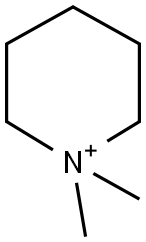
- Chemical Name:Mepiquat
- CAS:15302-91-7
- MF:C7H16N
- Structure:
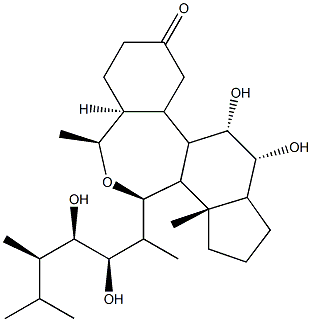
- Chemical Name:Epibrassinolide
- CAS:78821-43-9
- MF:C28H48O6
- Structure:

- Chemical Name:Chlormequat chloride
- CAS:999-81-5
- MF:C5H13Cl2N
- Structure:
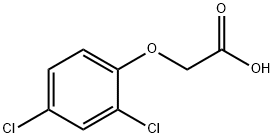
- Chemical Name:2,4-Dichlorophenoxyacetic acid
- CAS:94-75-7
- MF:C8H6Cl2O3
- Structure:

- Chemical Name:TRIACONTANOL
- CAS:28351-05-5
- MF:C30H62O
- Structure:
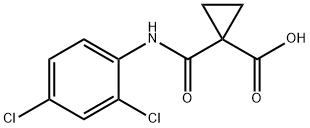
- Chemical Name:CYCLANILIDE
- CAS:113136-77-9
- MF:C11H9Cl2NO3
- Structure:

- Chemical Name:O,O-Diethyl-O-penyl thiophosphate
- CAS:
- MF:C10H15O3PS
- Structure:
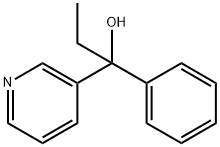
- Chemical Name:3-(α-pyridyl)-propanol
- CAS:19840-94-9
- MF:C14H15NO
- Structure:
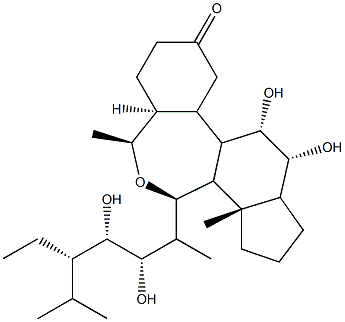
- Chemical Name:22(S),23(S)-Homobrassinolide
- CAS:80483-89-2
- MF:C29H50O6
- Structure:

- Chemical Name:UNICONAZOLE
- CAS:76714-83-5
- MF:C15H18ClN3O
- Structure:

- Chemical Name:UNICONAZOLE
- CAS:83657-17-4
- MF:C15H18ClN3O
- Chemical Name:Gibberellic acid(GA3)
- CAS:
- MF:
- Structure:

- Chemical Name:6-benzylaminopurine hydrochloride
- CAS:162714-86-5
- MF:C12H11N5.ClH